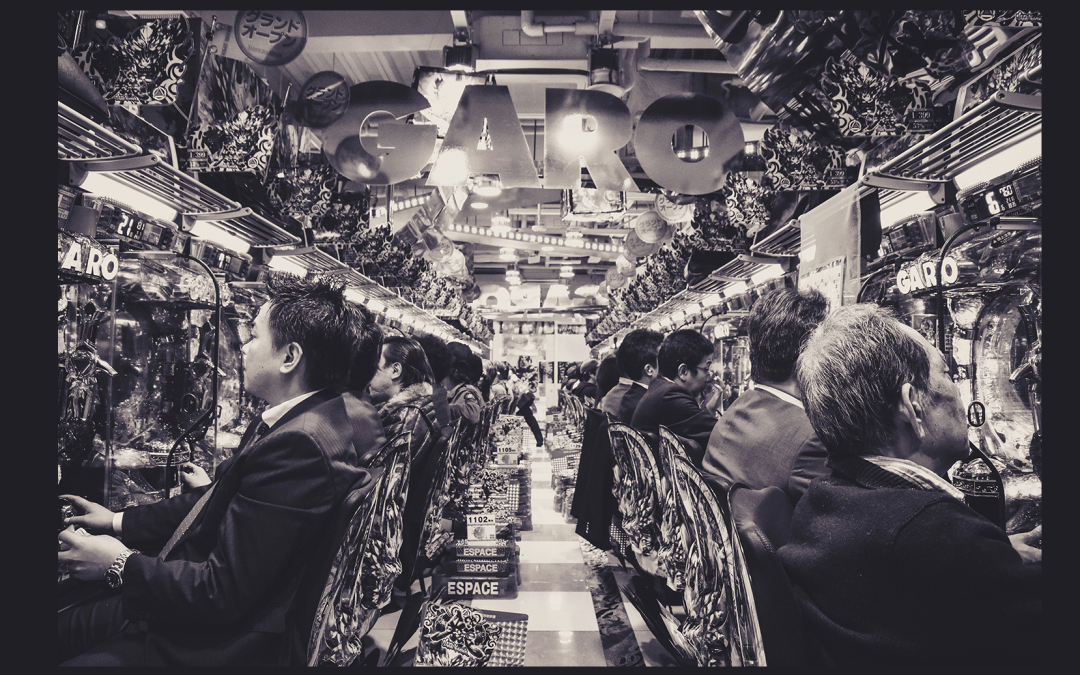Photo by Emile Guillemot on Unsplash
Jan/Feb 2024
Everything Old
Pachinko is Japan’s answer to pinball
by Corbin Crable
In this issue of Discover Vintage America, you’ll read about the storied history of the pinball machine, from the controversy it faced in the game’s early days to its current iteration as a mainstay of dive bars and arcades everywhere.
But did you know that pinball isn’t only a Western game? Its Eastern version has an equally fascinating history.
Chinese pinball, or Pachinko, has its origins in Japan, but unlike Western pinball, it is still widely used for gambling in that country. Like Western pinball, there exist both manual and electronic versions of the game. The machines are vertical instead of horizontal, using smaller balls instead of the larger ones in our own machines.
With pachinko machines, a spring-loaded handle launches the small balls into a metal track, which guides the ball over the top of the playing field until it falls into the playing field. In that field are brass pins throughout, and several small cups at the bottom.
If, after bouncing around on the pins, the ball falls into one of the cups, the player wins, and multiple balls will be dispensed into a tray at the bottom as the player’s reward. If the ball doesn’t find its way into one of the small cups, it falls into a slot at the bottom of the machine, triggering a loss. Like modern-day slot machines, pachinko machines employ colorful graphics and LED lights.
In Japan, pachinko parlors used to be found in just about every large city, similar to our casinos. Those who play the machines and win take their metal balls to a parlor employee in exchange for small prizes, such as pens or cigarette lighters. And though playing pachinko for cash is illegal, many small stores nearby these parlors will allow patrons to exchange for money.
The pachinko machine first made its appearance in Japan in the 1920s, with public parlors opening after the end of World War II.
And while the number of parlors has decreased in number due to law enforcement crackdowns (many of them have been infiltrated by yakuza, or Japanese crime syndicates, for racketeering or money laundering), until the last decade or so, the industry was immensely lucrative one – according to Fortune, the industry in Japan garners more gambling revenue than Las Vegas, Singapore, and Macau combined.
Although these vintage machines were beautifully designed and decorated, the pachinko machines themselves aren’t very rare (though people usually seem to believe they are), with hundreds of thousands imported during the 1960s and 1970s. Machines from that period are usually only worth between $20 and $100, but the older, rarer machines can go for up to $1,000 or more.
My dad was giddy with excitement when he brought a vintage pachinko machine home from an antique store when I was a kid. My brother and I played on that machine in the basement many times, enjoying hearing the ding of bells as the metal balls bounced around the field of metal pins, our eyes carefully following them along.
We hope you enjoy reminiscing about the pinball machines of your youth as you learn about their story. It seems everyone of a certain age has one!


